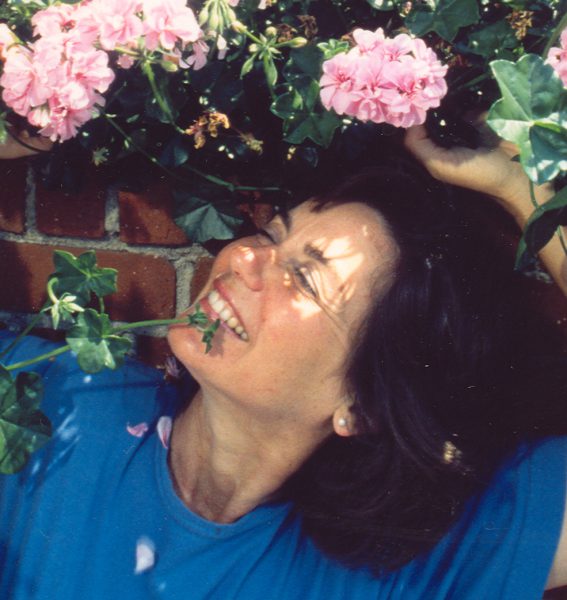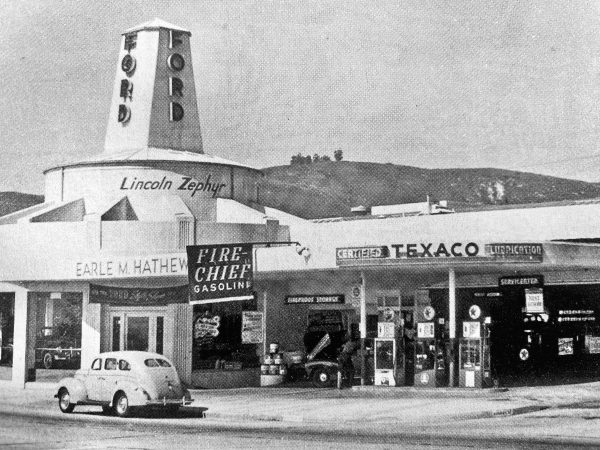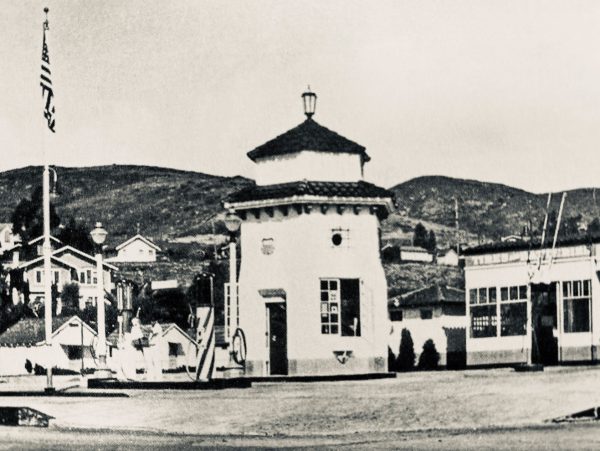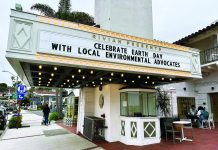By Annlia Hill
 In the 1890s, inland visitors came to Laguna to escape the heat and they came on horseback or horse-drawn vehicles.
In the 1890s, inland visitors came to Laguna to escape the heat and they came on horseback or horse-drawn vehicles.
The Concord stagecoach ran between El Toro and Laguna Beach, carrying mail and passengers. Rather than drive themselves, many visitors choose to take the train to El Toro and hop on the stage.
William Brooks was Laguna’s first stagecoach driver and blacksmith. At Nick Isch’s post office, general store and livery stable, the passengers were met and welcomed by an Azores fisherman, “old Joe Lucas,” Laguna’s first greeter. He would walk up and down the beach each day carrying a pail and trident fishing spear, always stopping at the Isch store. But the horse and buggy days didn’t last long in Laguna.
Thirty American manufacturers produced 2,500 motor vehicles in 1899. Nearly 500 companies were doing business in the next decade. In 1908, Henry Ford introduced the Model T, and William Durant founded General Motors. Only 44 automobile manufacturers survived to 1929, with 80% of the cars sold by Ford, General Motors and Chrysler (formed from Maxwell in 1925 by Walter P. Chrysler).

With paved roads and the Coast Highway now connecting Laguna to both northern and southern towns, plus the ability to buy new cars on credit, the number of cars in Laguna increased in the late 1920s. With cars came car dealerships and service stations.
Car dealerships once dotted Broadway Street in Laguna’s downtown: South Coast Ford, Tommy Ayres Chevrolet, Siemonsma Buick, Allen Oldsmobile and Cadillac, Laguna Beach Motors Company, Forst-Rawley Chevrolet. At 217 Broadway Laguna Beach Motors sold Chevys and Oldsmobiles; then it was Forst-Rawley Chevrolet and later Allen Oldsmobile and Cadillac until 1956. Now, it is Carmelita’s Restaurant and the Food Village Plaza. The Ford (303 Broadway) and Chevrolet (350 Broadway) dealerships were still here in the 1970s; now they are The Plaza, a retail and office center, the Authentic Rug & Art Gallery and Goodyear auto repair and tire shop.

Other dealerships dotted South Coast Highway. Between Oak and Brooks Streets was Earle M. Hatheway’s Ford dealership combined with a service department and Texaco gasoline station. In 1938, Texaco became the first major refiner to promote high-octane gasoline (Sky Chief Gasoline) and the first oil company to require a “registered restroom” for a clean image. “You can trust the man who wears the star.” This semi-circular art deco building served other car dealers over the next 30 years before being demolished in the late 1960s.
The 1938 Streamline Moderne buildings at 1009 South Coast Highway originally served as Vorhees Motor Company, an Oldsmobile sales and service center, and looked much as they appear today. One of the few examples of Streamline Moderne architecture in Laguna, until a recent fire, housed Laguna Motor Werks and apartments.
By the early 1990s, all major car dealers were gone from Laguna. Today, Laguna has a Polestar (Swedish electric vehicle) retail space, which opened in 2022 at 305 North Coast Highway. Irvine’s electric vehicle maker Rivian just opened a retail space in the former Lynne Theatre/South Coast Cinemas on Coast Highway.
Today Laguna has six gas stations. The first one in Laguna was likely a Red Crown Gasoline station. It appears on a 1919 photo showing the original White House Restaurant with a gas pump next door. At one time, each of the four corners at the intersection of Broadway and Coast Highway had a gasoline station.
Today, only the two gas stations on the inland side remain. The gas station on the southeast corner was a Union Oil station in the early 1920s, closing in 1937. These were the days of “full-service.” White-uniformed attendants would run from the white office, greet the autos as they drove up to the pumps, and after hearing “Fill ‘er up!” pump the gas, clean the windshield, and check the oil. Later the office was moved across the street by a team of horses and became our iconic lifeguard tower.
Annlia is a 50-year resident of Laguna Beach and married to a fourth-generation Lagunan. Having walked nearly every street and alley in town, she has observed firsthand the artistic charm and imagination of residents




